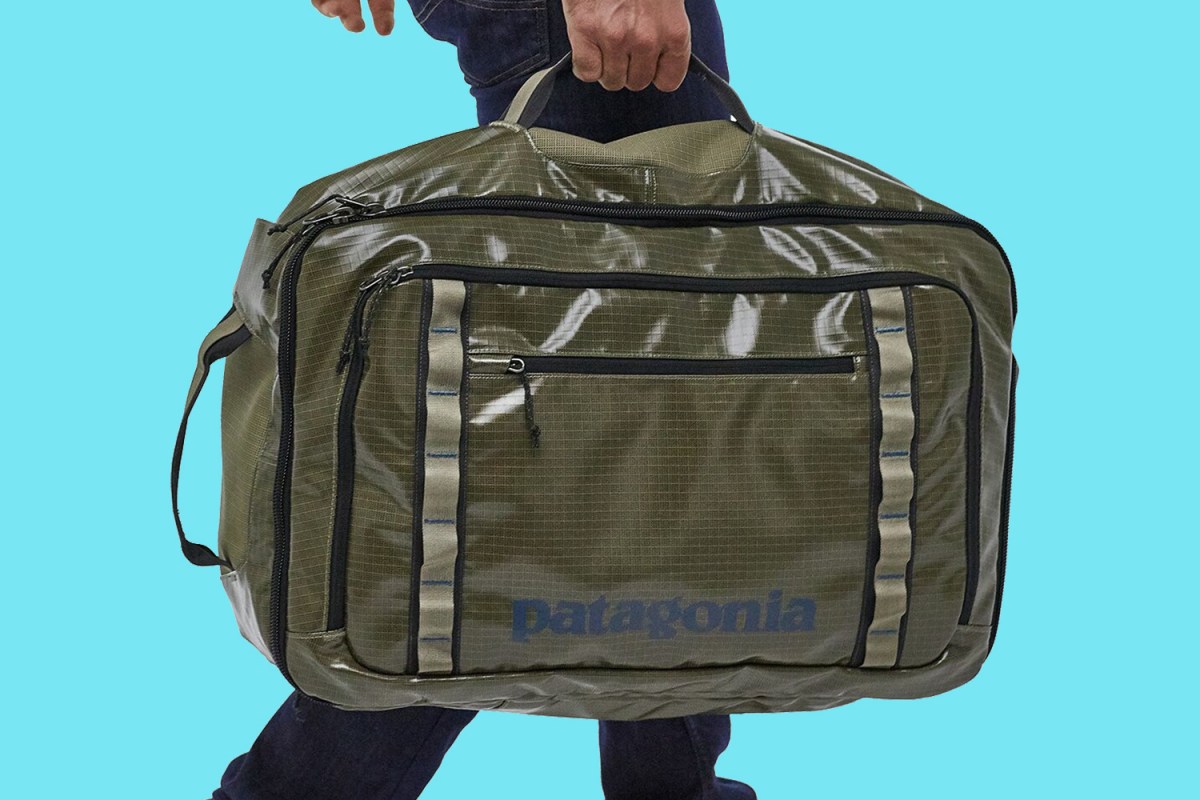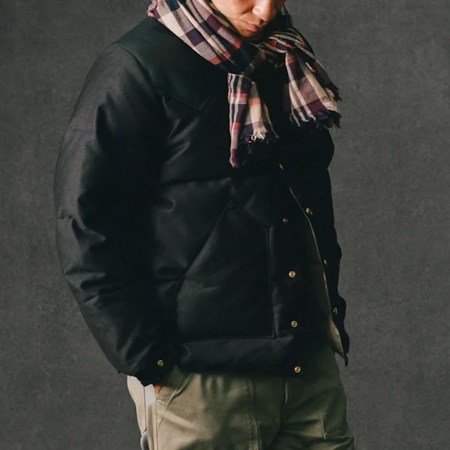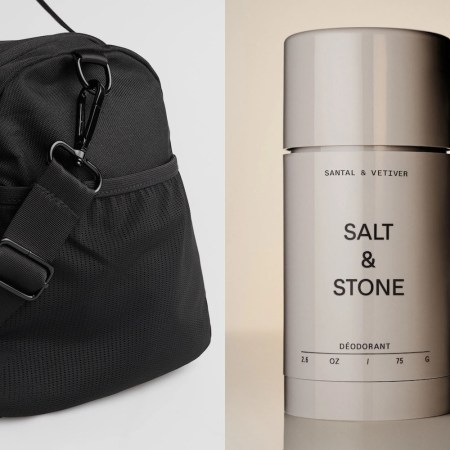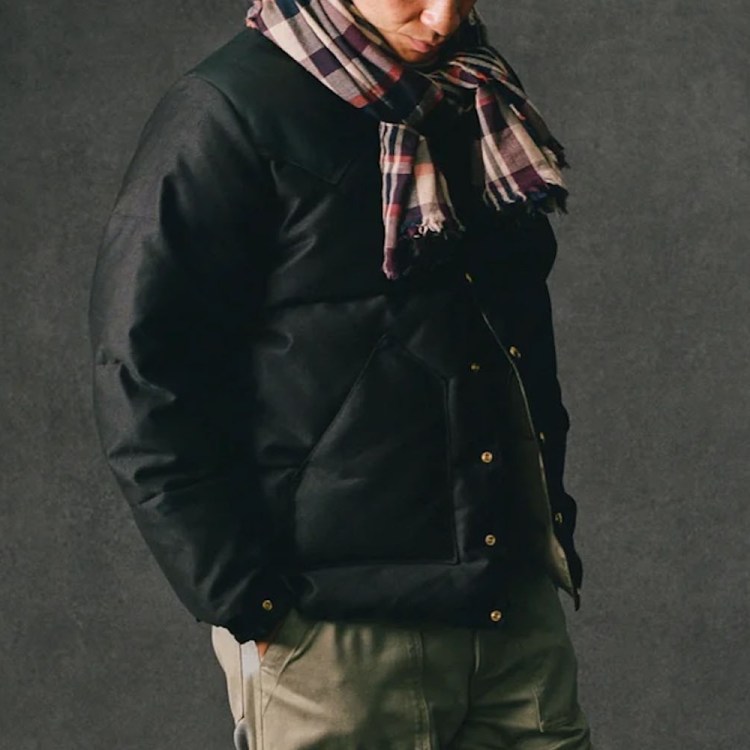Nota bene: All products in this article are independently selected and vetted by InsideHook editors. If you buy something, we may earn an affiliate commission.
Patagonia’s Black Hole bags are the stuff of legend. Since being introduced in 2004, the water-resistant, go-anywhere duffels have been called “the only travel bag you need” and one of “the most useful items in the history of travel.” Over the years, the outdoor brand has tweaked them here and there, but this week, it announced the biggest change to the line to date.
The latest Black Hole bags are made of approximately 10 million plastic bottles, the lineup including duffels, backpacks, hip packs, MLCs (maximum legal carry-ons), packing cubes, totes and sling bags. In other words, instead of millions of plastic bottles being thrown in the trash (according to the EPA’s most recent data from 2015, about 70 percent of recyclable plastic bottles are not recycled), Patagonia is turning them into some of the best bags on the market.
What exactly does a recycled plastic bag mean? If we’re talking bottles-per-bag, there are about 14 bottles in a 25L bag, 33 in a 55L bag and 40 in one of the 70L behemoths. As for materials, Patagonia says the body fabric, lining and webbing on the bags are 100 percent recycled (with much of it coming from post-consumer products).
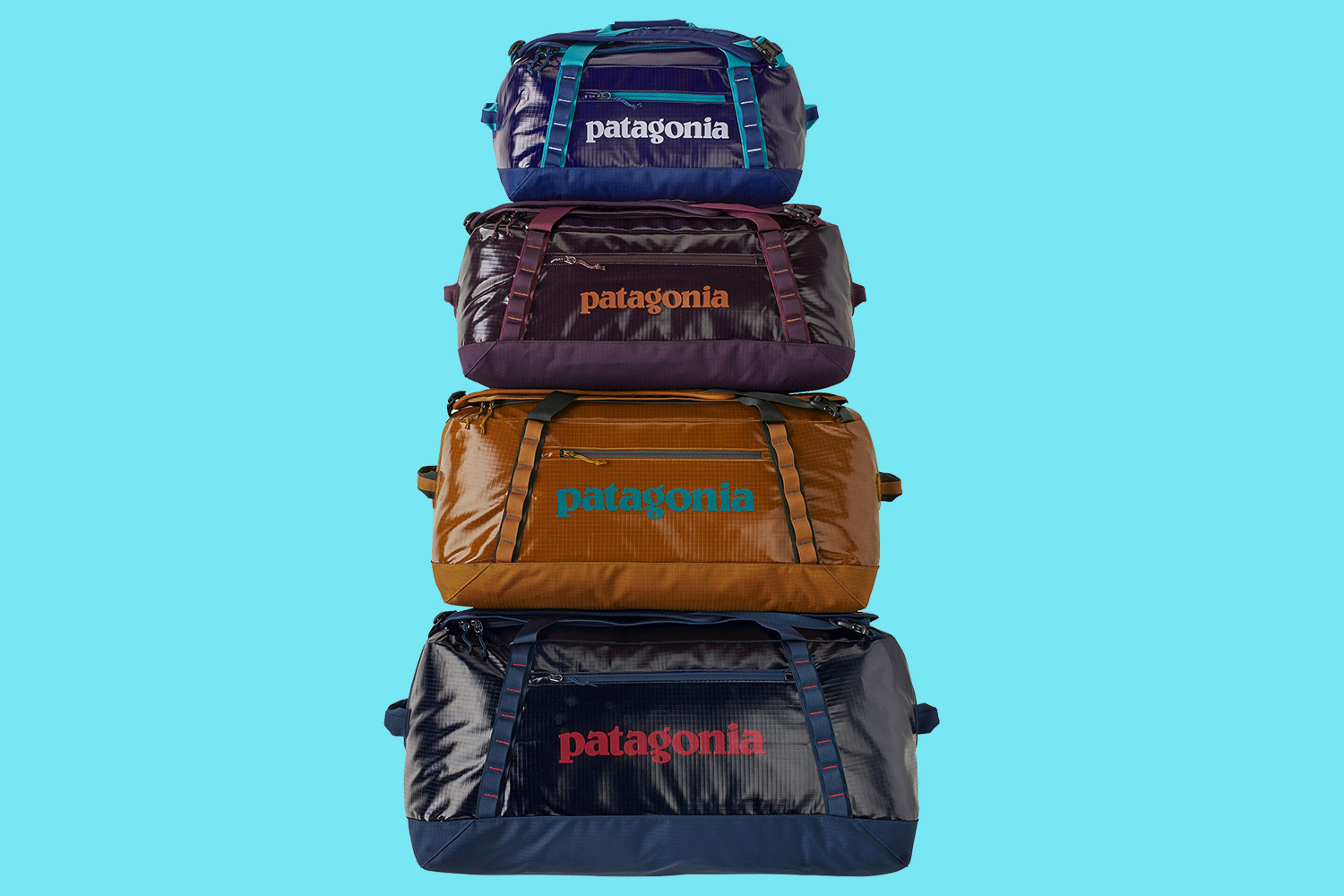
If you want to talk performance, though (and that’s what most of you are probably here for), the newer, better, greener Black Hole line doesn’t disappoint. That is, they’re basically the same. They’re still water repellent, still festooned with all manner of straps and lash points and handles, and still able to hold an absurd amount of gear, whether you’re headed to the Arctic in a helicopter or to the Hamptons on the Jitney (hey, it gets hairy in those luggage compartments).
The only thing you really need to see to believe Patagonia’s claims is the brand’s signature Ironclad Guarantee. If the bag doesn’t perform to your standards, they’ll take it back. I’m not a betting man, but I’d bet on the bag.
Specs aside, this is an exciting moment for Patagonia, gear makers and companies at large. While releasing products made out of recycled plastic bottles is certainly a trend, this is a much bigger moment; by overhauling a cornerstone product, Patagonia is proving that recycling and sustainability initiatives aren’t just marketing opportunities, they’re the future, and one that companies should take seriously.
Expect to see more redesigns like this as Patagonia continues to move towards 100 percent renewable and recycled raw materials.
We've put in the work researching, reviewing and rounding up all the shirts, jackets, shoes and accessories you'll need this season, whether it's for yourself or for gifting purposes. Sign up here for weekly style inspo direct to your inbox.
